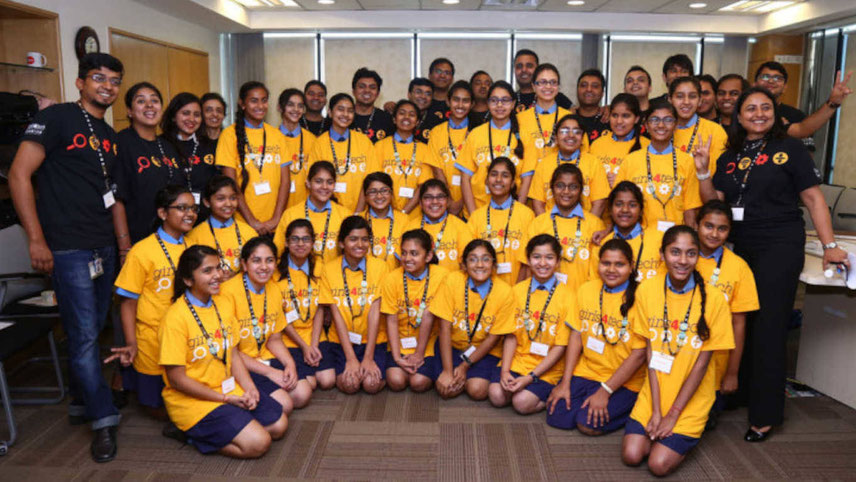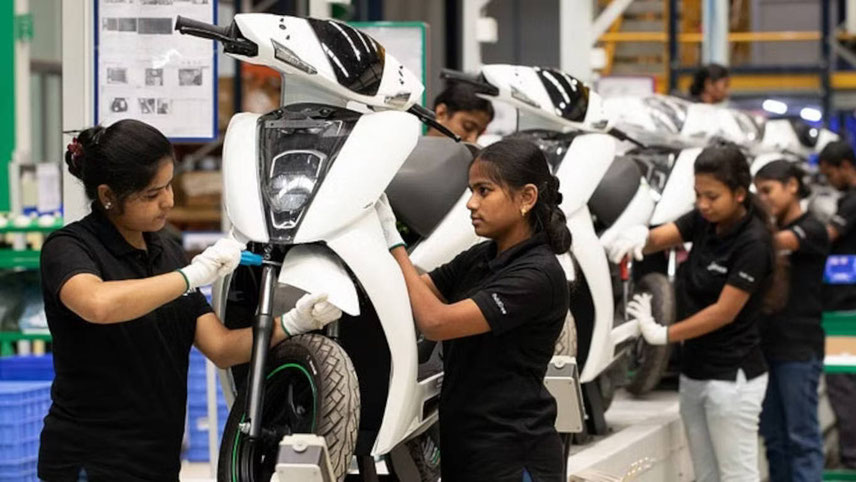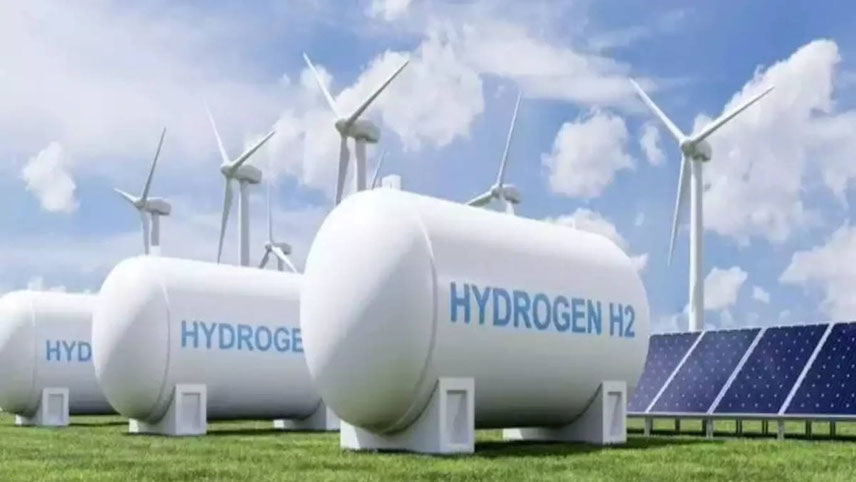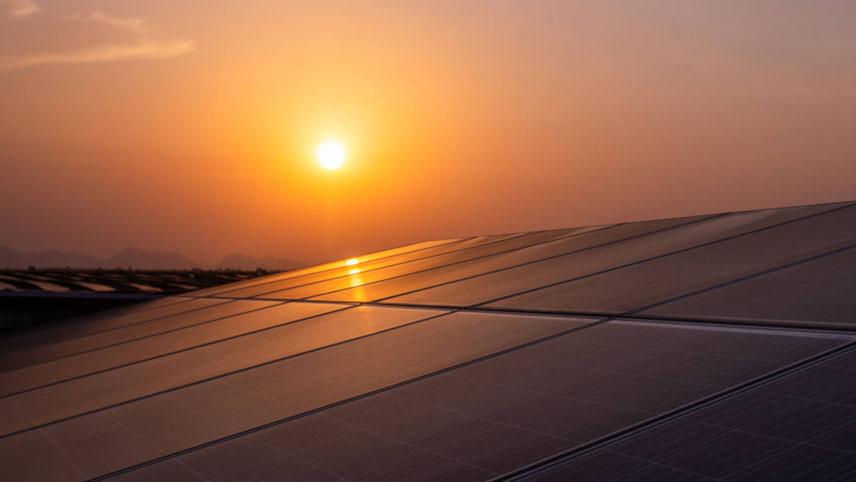
India has always taken pride in being an environmentally-conscious and responsible nation. Indians are known to be concerned about not just fellow humans but also about the flora fauna, and the environment. We have always considered protecting the environment as our collective duty and shared responsibility. Mahatma Gandhi’s ideas and ideals have influenced generations of environmentalists and climate activists, and they remain as relevant today. As Gandhi would argue, we are not owners of this planet; instead, we nurture and protect it for future generations. Hence, it is imperative that we respect and protect our surroundings, our habitations, and we don’t degrade the environment. India has always lived up to these ideals. To give an example of our environmental commitment in the current context, India is the only G-20 nation today on course towards achieving Paris Agreement goals. Climate change is one of the most important issues facing the world, more so in the post-Covid-19 pandemic era. If unchecked, any climate crisis can spell disaster for humankind. From floods to bushfires, from diseases to pandemics, the ill-effects of climate change are real. Incessant rains in some Indian states, for instance, have been cited as examples of climate change. We must work towards saving humankind. It begins with protecting the environment as the first and most important step. In the run-up to the COP26 (the 26th United Nations Climate Change Conference of the Parties) summit, an energy/coal crisis affected the entire world, from Europe to US to Asia, only recently. We must use our natural resources judiciously. The COP26 Glasgow summit provides us with an opportunity to present to the world the uniquely all-encompassing Indian worldview. India will impress on the developed world to deliver on its $100 billion per year Climate Finance promise to the developing world. India will network with like-minded developing nations, and impress upon the developed world to realise and work on its obligations as the developed countries are bigger, and richer, polluters. While India is aware of its responsibilities towards the environment, it must always factor its massive growth needs. It’s the developed, industrialised western world that causes most pollution, and this has been the case for over a century. Consider this: India’s per capita carbon emissions per year is 1.96 tonnes. US per capita carbon emissions per year, on the other hand, is 18.6 tonnes. The corresponding figures for China and the European Union are 8.4 tonne and 7.16 tonne, while the global average is 6.64 tonne. Countries are being asked to announce emissions reduction targets so as to reach net zero by 2050. In other words, to limit the rise in the planet temperature increase to 1.5 degrees, countries are being asked to produce less carbon than they take out of the atmosphere. India has not committed to the 2050 deadline. As part of the plan, they are being asked to work on phasing out coal, encouraging renewables and e-vehicles, and curtailing deforestation. India has done well on renewables and encouraging e-mobility. We have a target to have 450 GW of renewable energy capacity by 2030, and we already have renewable capacity of 100 GW. E-mobility has got a huge boost during recent years in India and has increased its forest cover. We, however, need to tread cautiously as far as any pressure on phasing out coal is concerned. For a rapidly growing and industrialising country like India, coal is a precious natural resource. For all our infrastructural needs, coal is important, and infrastructure will be the major driver of growth and expansion. To give a perspective, coal accounts for 70 per cent of the country’s current electricity output. While renewables remain the priority, coal will continue to fuel India’s growth and prosperity, at least for the next two decades. We, however, must innovate and ensure that coal causes little or no damage to the environment.


































